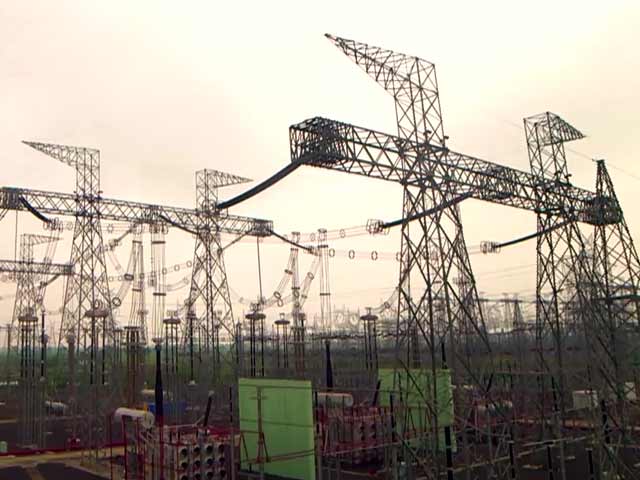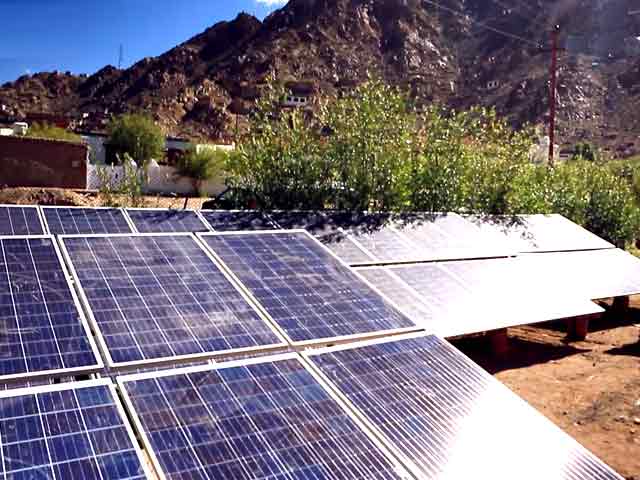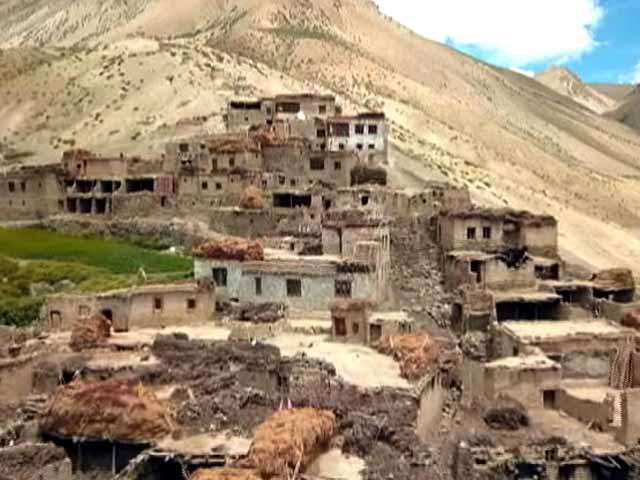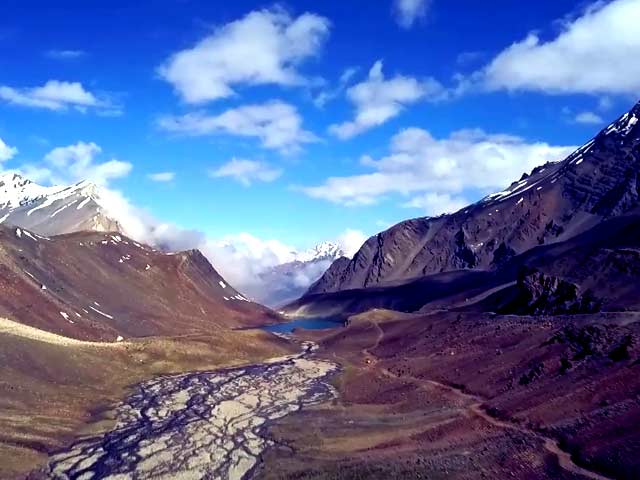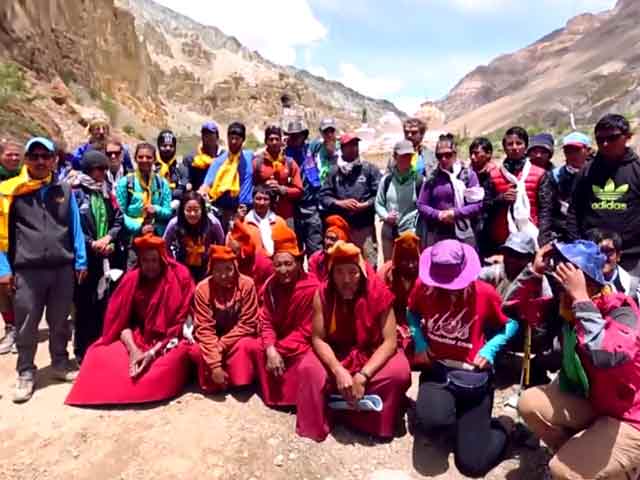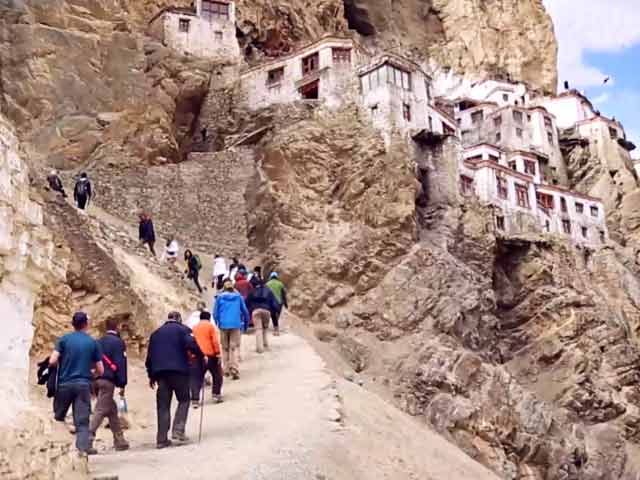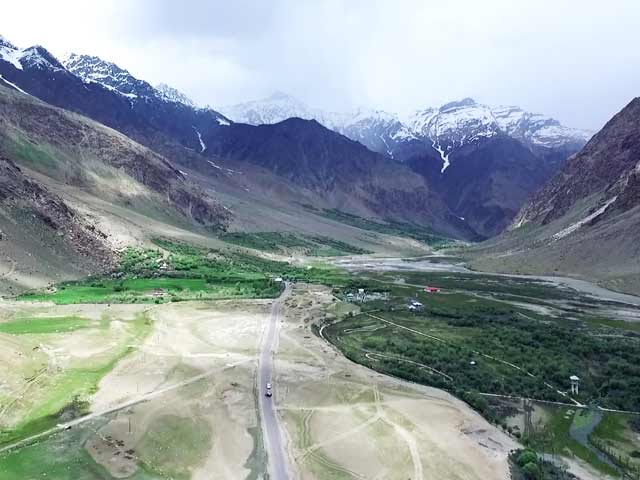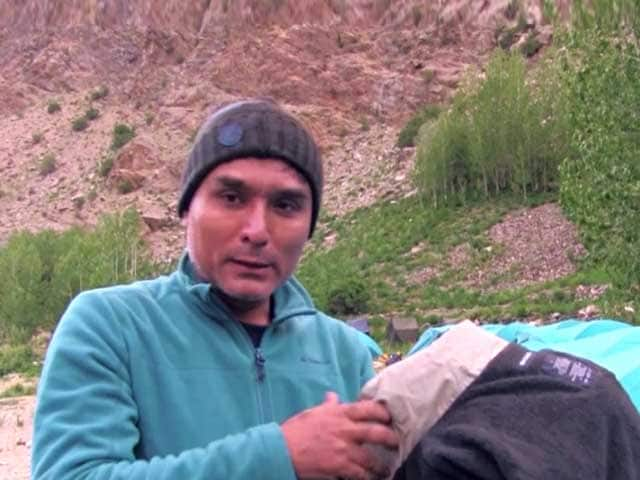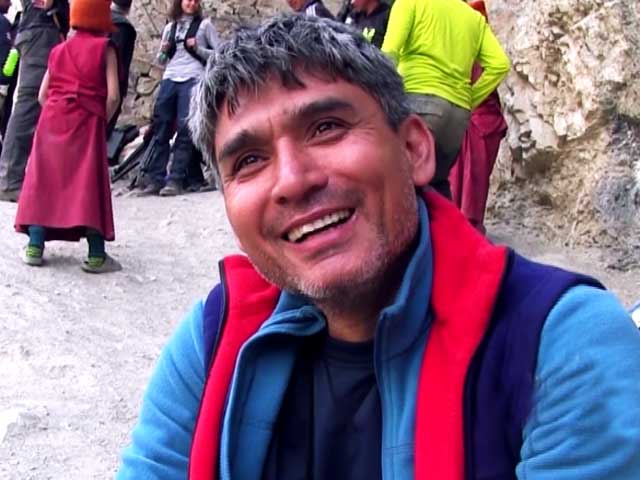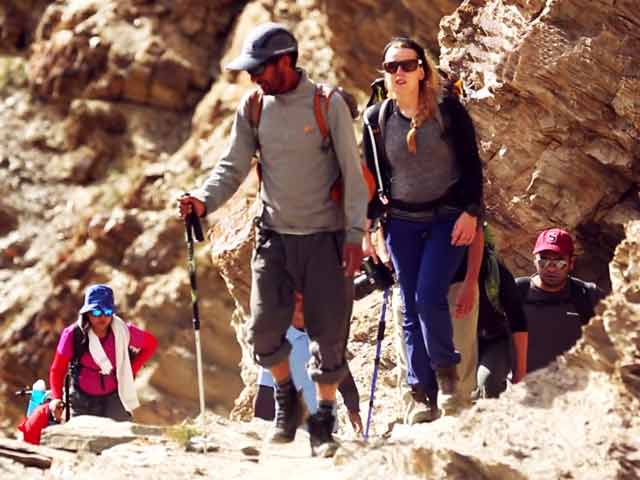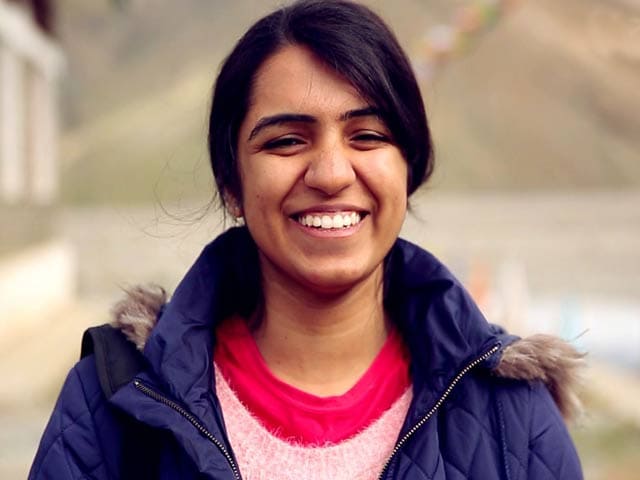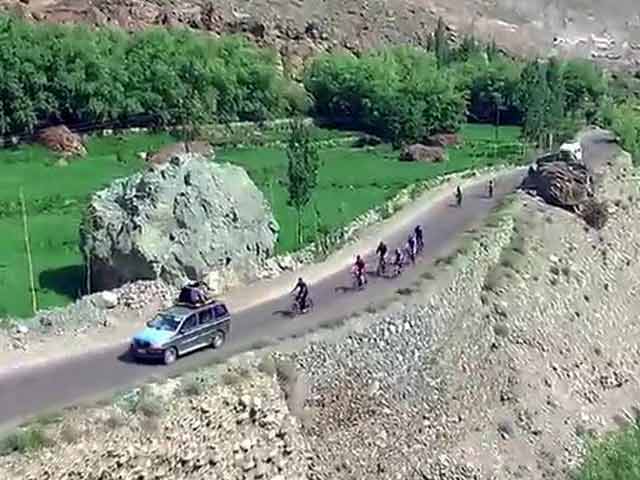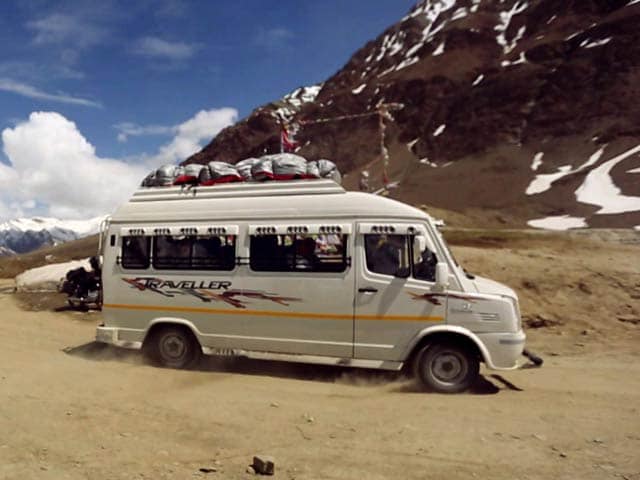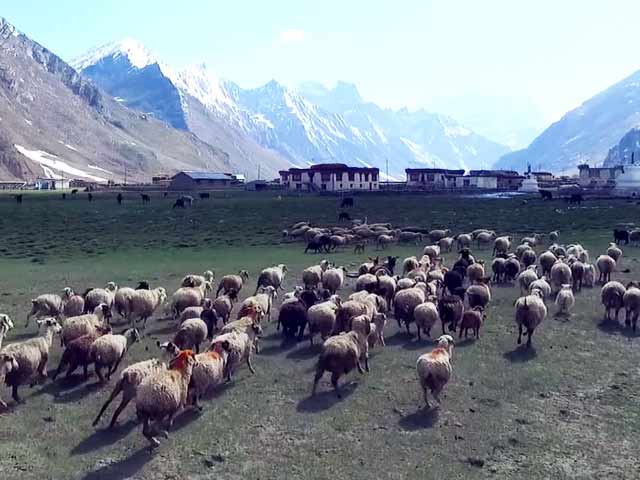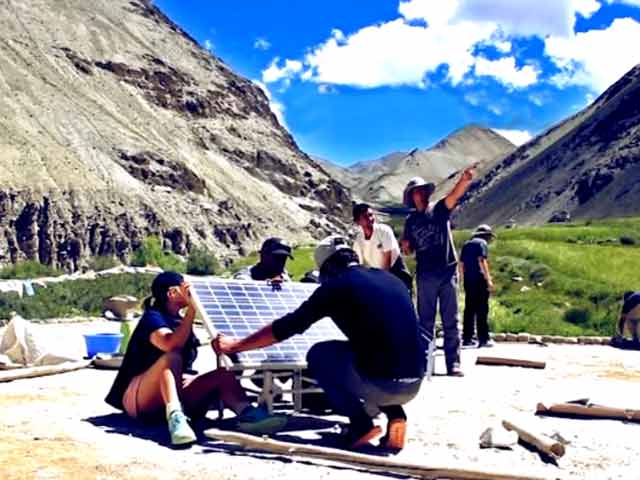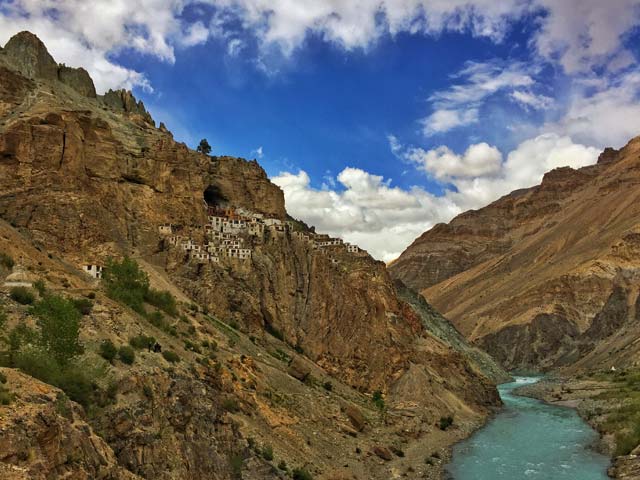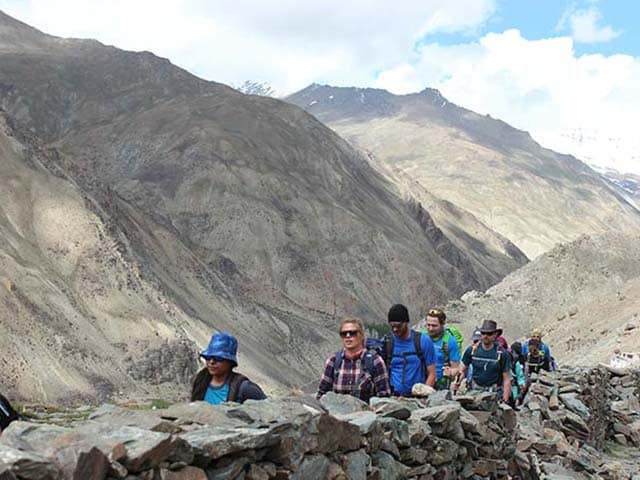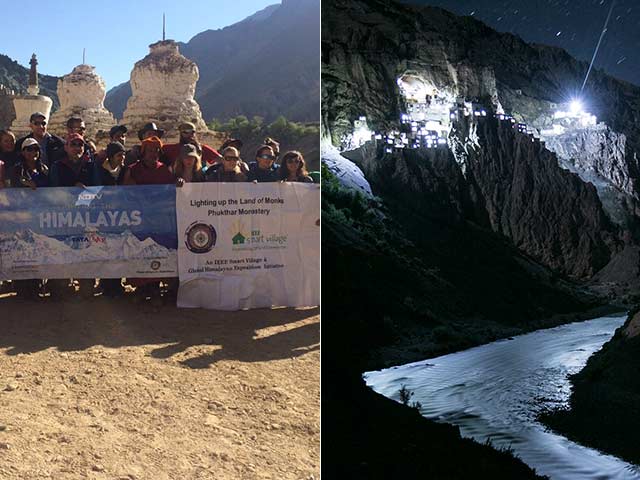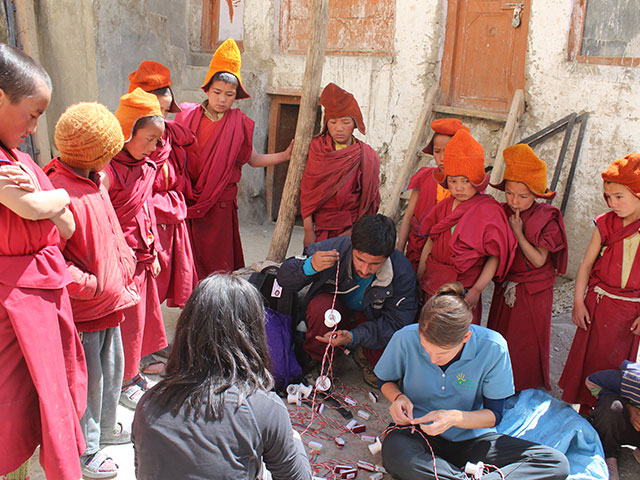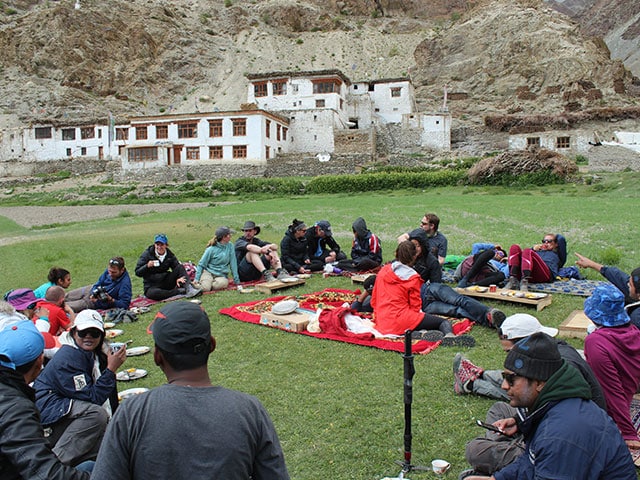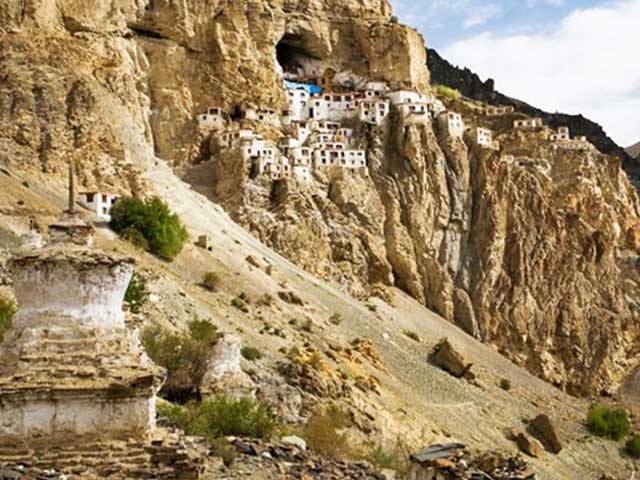
- Lighting The Himalayas /
- Previous Season
Highlights
MoreLighting The Himalayas: Follow The Trek
#LightingTheHimalayas team is electrifying #PhugtalMonastery with solar-power. More on it: https://t.co/UsF3RShETKpic.twitter.com/c9aJad1xEY
- NDTV Prime (@NDTVPrime) July 18, 2016
Videos - Season 1
More VideosThe Expedition Team
More Profiles
Paras Loomba (India)
Team Leader Founder of Global Himalayan Expedition

Jaideep Bansal
Team Leader Manager, Proctor & Gamble

Varun Loomba (USA/India)
Team Leader Manager, Deloitte

Rolf Palgaard (Denmark)
Team Leader Project Manager, AlfaPeople

Maj Beldring Henningsen (Denmark)
Team Leader Skier, Student at DTU

Kathryn Mullin (USA)
Associate Project Manager, Solar Development, NextEra Energy Resources
Route Map - Season 1

The expedition team will trek from Leh to Phugtal using the following route:
Leh: Leh used to be the capital of the Himalayan kingdom of Ladakh. Today, it is the most populated district of the region and is bound by Pakistan occupied Kashmir in the west and China in the north. It is also a base for the armed forces and a delight for hundreds of travelers from all over the world.
Kargil: The home of the infamous Kargil war and operation Vijay, Kargil is one of the greener patches in Ladakh. It is also the second largest town of Ladakh.
Rangdum: The tiny village of Rangdum is located in a valley 12000 Ft. above sea level. It is surrounded by colorful hills on one side and rocky mountain glaciers on the other.
Itchar: A small village nestled in the valleys of Zanskar. It lies above 13000 ft.
Cha:A quaint village holding less than 100 families.
Phugtal: This is a region of the Lungnak valley which is home to the 2500 year old monastery of Phugtal.
About The Phugtal Monastery
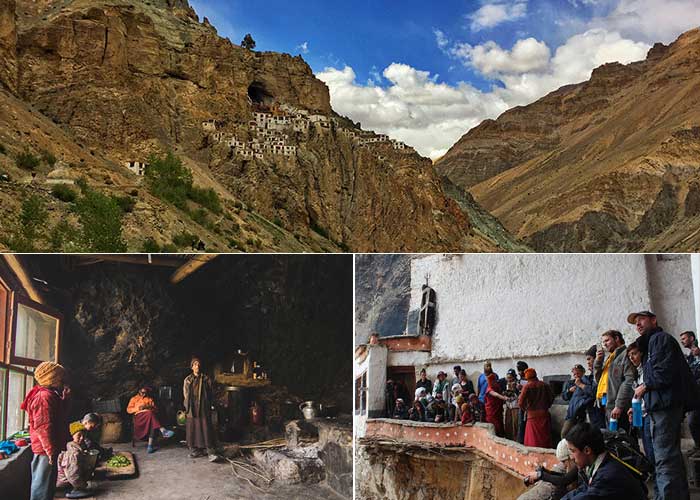
The Phugtal monastery is one of the oldest monasteries in the world. Its ancient heritage is only surpassed by its breath-taking beauty. Nestled brazenly in the caves of stark mountains caressing the curves of the Lungnak river, the Phugtal monastery comprises of a temple, prayer rooms, a library, apartments, kitchens, the sacred spring and rare sacred texts. It is located in the remote valley of Lungnak in the south eastern Zanskar region. The area is familiar to many who have attempted the Chaddar trek but the monastery remains one of the best kept secrets of Ladakh. It is accessible only by foot and it lays 20 kms away from the nearest motor-able road and 450 Kms from the town of Leh. Supplies to the monastery are transported on the backs of horses and donkeys during summers. In the winter season the Zanskar glacier serves as a trail to the monastery. The 110 residents of the monastery are peaceful, intuitive beings.
Their isolation has interrupted their growth, and their ability to reach out to the world. Immense potential lies within this monastery, its authentic musical sense, dialect, food and other cultural assets are gems waiting to be discovered.
History of the Phugtal Monastery
A gompa is a place of spiritual learning and worship. The ancient Phugtal Gompa or monastery is over 2500 years old. It is recognized as part of the Gelug School of Buddhism. This current gompa was established in the 15th century by Tsongkhapa, the founder of the newest school of Tibetan Buddhism. It has been known to be visited by numerous monks, sages and scholars over centuries. The cave’s earliest residents included the 16 Arhats, the first followers of Buddha. The drawings of these Arhats can be seen on the cave walls even today. The current honey comb structure of the gompa was built around the original structure that is believed to be carved by scholars possessing super natural powers. Such is the history of this place of worship and meditation. For centuries humans have ventured here in search of peace, Knowledge and enlightenment.
................................ Advertisement ................................
About the Initiative
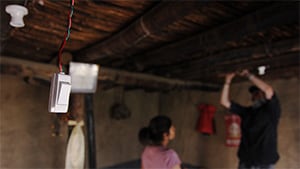
The remote settlements of the Himalayas continue to struggle for basic amenities in the 21st century. The future of these communities is at stake. They live in extreme climatic conditions, without electricity, health care and education.
Lighting the Himalayas is a journalistic feature series, committed to procurement and documentation of the on ground installation of renewable powered electric grid systems with cost effective, sustainable and scalable designs.
The great Himalayan ranges continue to bear the effects of climate change in the most extreme weather and living conditions. Longer summers, heavy rainfall, floods, droughts and soaring temperatures are one of the more evident symptoms of this disease.
To add to the severity of climate change almost 3000 Himalayan villages are based above an altitude of 13,000 Ft, which ensures that they remain cut-off from the world for over half a year.
The Lyungnak valley of ladakh, which is also home to the 2500 Phugtal Monastery and the remotest village of Zanskar Shade, has witnessed several calamities due to climate change in the last few years.
This is the story of bringing light to one of the remotest and oldest villages in the world. At an altitude of 14,300 feet, a team of highly motivated change makers, from several corners of the world take on the task of installing sustainable and scalable solar power grids in this pristine hamlet.
This endearing challenge begins in Leh, only to be redeemed 750 kilo meters away in the heart of the steepest, most unhabitable mountain peaks.
Season 1 of Lighting the Himalayas witnessed the 2500 year old Phugtal Monastery’s transition from darkness to light. And Season 2 will see the illumination of the remotest village of Zanskar, called Shade.
About GHE

The Global Himalayan Expedition (GHE) is a social impact enterprise focused on creating tangible change in the remote Himalayan communities. Their approach includes, seeking of beauty and wisdom of the Himalayas and to share it with others through such expeditions. GHE aims to install sustainable & scalable solar power for the rural population of the Himalayan ranges. Their lives are pledged to the provision of green energy and education for the humble residents of this acute landscape.
In the past, GHE has held many other expeditions that involved successful installation of solar power in 10 off-grid Himalayan villages located above an altitude of 12000 Feet. In the near future, GHE will power up 30 more villages and bring light to them.
About Season 1

The remote Himalayan villages are struggling with basic amenities even in the 21st century. They live in the dark with limited resources, medical support and education.
NDTV, in association with Global Himalayan Expedition (GHE), powered up one such abode - a pristine monastery located in Phugtal. Solar micro-grids that produce green energy were installed to light up the ancient heritage home of 150 Monks.
Photos - Season 1
Join Us
................................ Advertisement ................................


